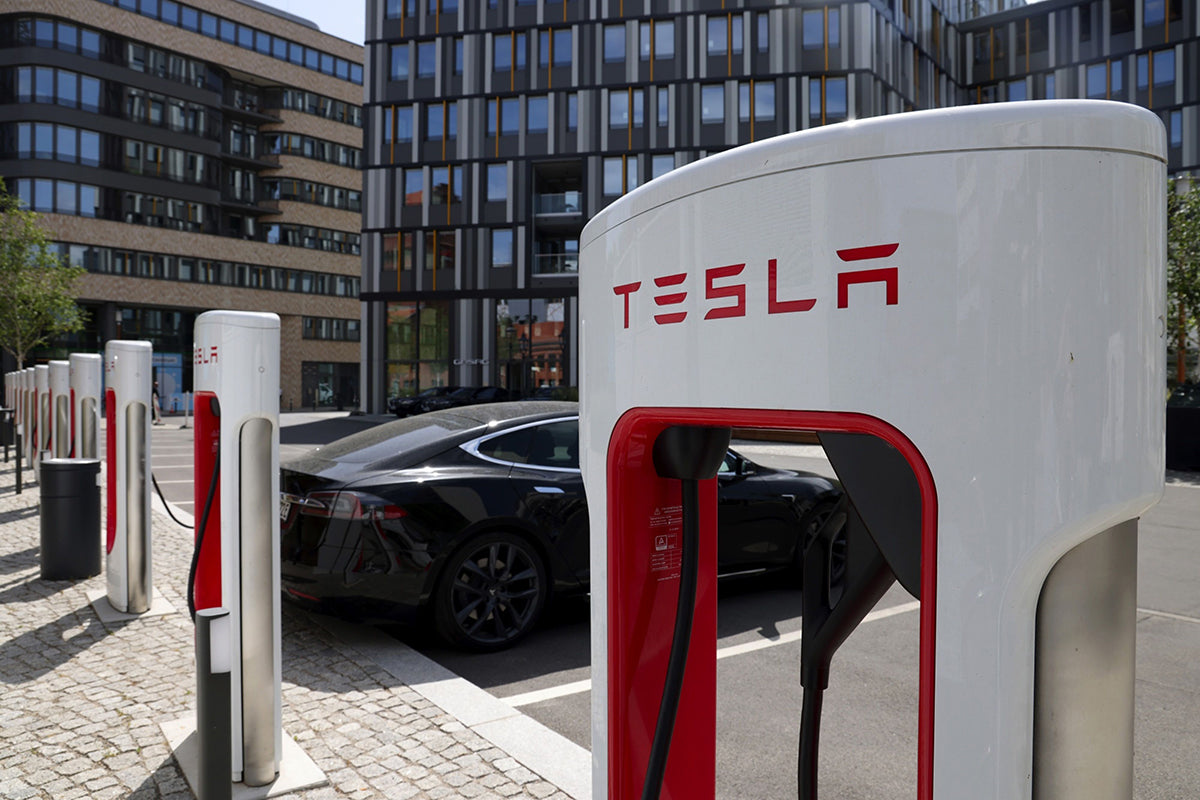
The Different Level of Electric Vehicle (EV) charging stations
Electric vehicle (EV) charging stations are categorized into different levels based on the charging power and speed they provide. These levels, often referred to as Level 1, Level 2, and Level 3 (or DC fast charging), serve the varying needs of electric vehicle owners. Here's a breakdown of each level:
-
Level 1 Charging:
- Voltage: 120 V AC
- Power Output: Up to 2.4 kW
- Typical Application: Residential Charging
- Charging Time: 8-20 hours (for a full EV battery charge)
Level 1 charging utilizes a standard household electrical outlet (120 volts) and is often considered the slowest charging option. While it is the most basic form of charging, it is suitable for overnight charging at home. Level 1 charging is commonly used with portable EV chargers that come with most electric vehicles. It is convenient for daily commuting and ensures that the vehicle is fully charged each morning.
-
Level 2 Charging:
- Voltage: 208-240 V AC
- Power Output: Up to 19.2 kW (typically 7.2 kW for residential)
- Typical Application: Residential, Workplace, Public Charging Stations
- Charging Time: 4-8 hours (for a full EV battery charge)
Level 2 charging is more powerful than Level 1 and is suitable for various settings, including homes, workplaces, and public charging stations. It requires the installation of specific charging equipment and is significantly faster than Level 1 charging. Level 2 chargers can add a considerable range to an electric vehicle in a relatively short amount of time, making them a practical choice for daily charging needs.
-
Level 3 Charging (DC Fast Charging):
- Voltage: 200-600 V DC
- Power Output: Typically 50 kW to 350 kW
- Typical Application: Highway Rest Stops, Public Fast Charging Stations
- Charging Time: 30 minutes to 1 hour (for an 80% charge)
Level 3, or DC fast charging, is the fastest and most powerful charging option available. It uses direct current (DC) and is typically found in public locations along highways or in areas where quick charging is essential. Level 3 charging stations can provide a significant amount of charge in a short time, making them suitable for long-distance travel and reducing range anxiety. However, not all electric vehicles are equipped to handle Level 3 charging, as it requires specific charging ports.
In summary, the different levels of EV charging stations cater to the diverse charging needs of electric vehicle owners. Level 1 is suitable for overnight charging at home, Level 2 is versatile and supports various locations, while Level 3 is designed for fast charging, especially during long-distance travel. As technology advances, there may be further developments in charging infrastructure to enhance charging speed and accessibility.
